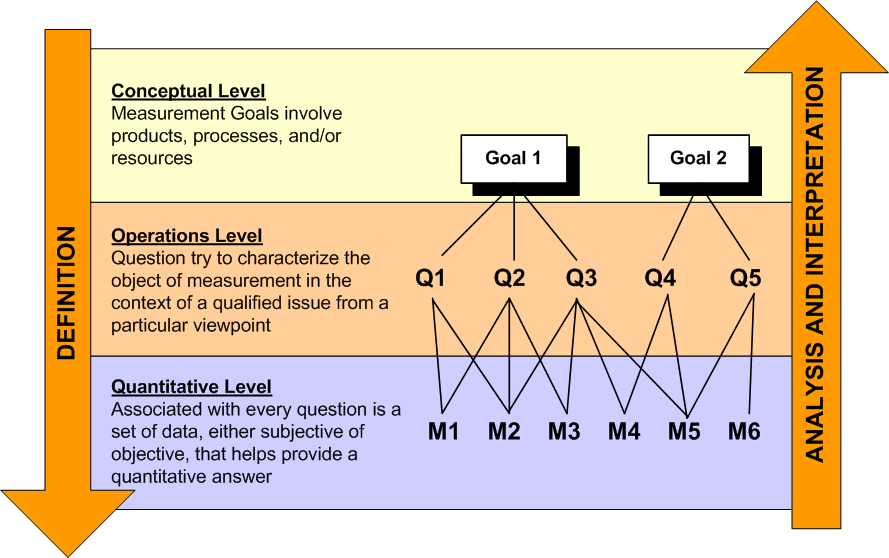I was sitting at my desk when this song by the Black Eyed Peas called "I got a feeling" came on Pandora. My son rushed over yelling to turn it up. I attribute turning up the volume to the resulting earworm that has lasted the last few days. There could be worse things in the world. Each time I hear it, I think of the flash mob that danced in Chicago for Oprah. It amazes me how so many (strangers) came together to create something that brings a smile to my face every time I see the video. As I was preparing for day zero for LitheSpeed (I don't officially start until tomorrow), I found myself singing the song and thinking about "the feeling". After taking a week off, I was able to break the cycle that had me feeling a bit numb for so long. Just a few weeks ago, I felt like I was trying to keep control of an uncontrollable situation. That can become exhausting. But today I felt completely different. This morning I felt excited about what I was about to do. I felt an entrepreneurial drive I haven't felt for a long time. It's that feeling when you play offense not defense.
Tomorrow is day one. I have my Kanban loaded. I have my WIP limited. I got a feelin' tomorrow is gonna be a good day. Let's do it.

 Though I trimmed a few words for brevity, what I like about these 6 steps is you can take them out of context and the formula still works. Jason was writing about how to be an angel investor & business creator. I am writing about how to be a Product Owner or Agile Team Lead.
Though I trimmed a few words for brevity, what I like about these 6 steps is you can take them out of context and the formula still works. Jason was writing about how to be an angel investor & business creator. I am writing about how to be a Product Owner or Agile Team Lead.
